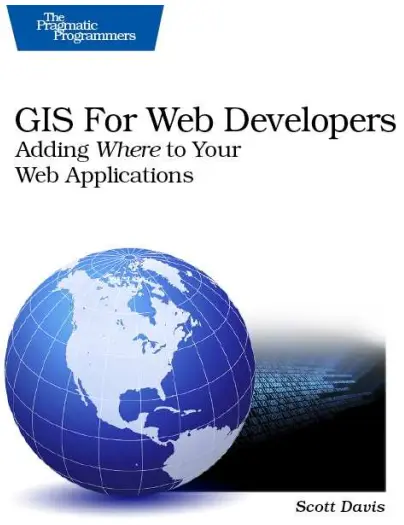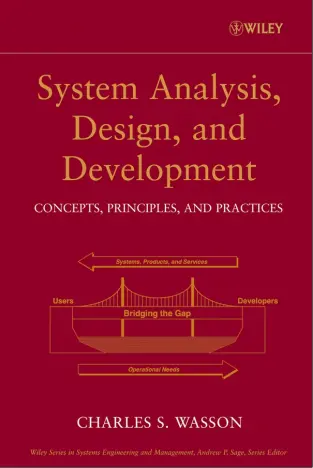Spatial Data Analysis Theory and Practice
📊 Spatial Data Analysis – Bridging Theory and Practice in Geographic Intelligence
“Spatial Data Analysis: Theory and Practice” offers a comprehensive exploration into how spatial data can be statistically analyzed to uncover patterns, relationships, and spatial processes. It balances mathematical foundations with practical GIS applications, helping readers move from raw data to meaningful spatial understanding.
The book covers key topics such as spatial autocorrelation, interpolation, regression models, spatial clustering, point pattern analysis, and Bayesian methods. It walks through both theory and hands-on examples, making it ideal for analysts who want to integrate robust statistical techniques into real-world GIS workflows.
This book is ideal for:
- 🧠 GIS professionals seeking analytical depth
- 📈 Statisticians venturing into spatial data
- 🎓 Students studying spatial analysis, geography, or geoinformatics
- 🌍 Urban planners, environmental scientists, and social researchers
Whether you’re examining land value distribution, crime hotspots, disease spread, or urban inequality — this book gives you the theoretical clarity and analytical power to interpret spatial data with confidence and precision.
Keywords: Spatial Data Analysis, Spatial Statistics, GIS Modelling, Spatial Autocorrelation, Interpolation Techniques, Regression in GIS, Point Pattern Analysis, Applied Geostatistics







comments
Leave a Reply
Your email address will not be published. Required fields are marked *